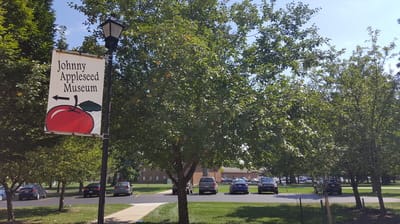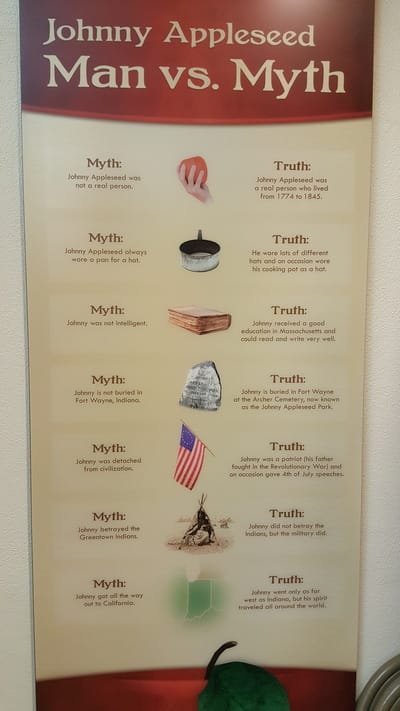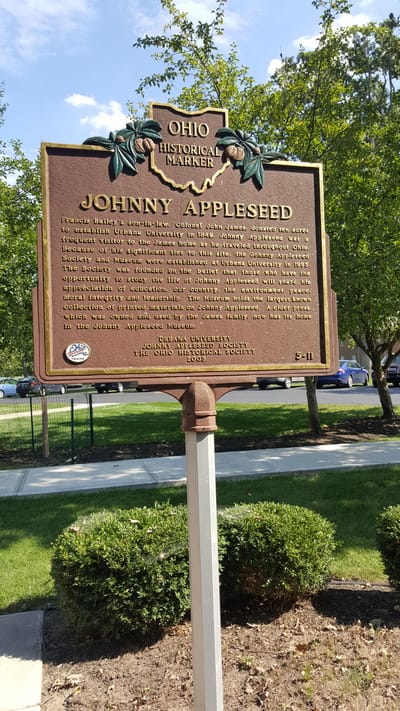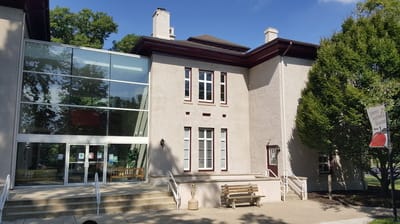|
After the United States won independence from Britain in the Revolutionary War, the sentiments of the country’s citizens toward their former rulers were of absolute disdain. Americans wanted to show that they were a new nation, based on enlightened ideas and no longer tied down by the old monarchial style government of Europe. Many of our Founding Father’s ideas were inspired by ancient Greek Enlightenment ideas and this was reflected in the architecture after the war. No longer wanting to be associated with England, the colonists moved from the old Federal style of architecture to the neo-classical style. Federal style architecture was a hallmark in British society. The wealthy of both England and America lived in Federal style homes. For years before the Revolutionary War, the colonies’ elite desired to reflect British style in everything, including their architecture. After the war, everything changed. After a brutal and bloody fight for independence, the British colonies in North America finally succeeded and formed the United States of America. As a new country, it was important to establish a distinct personality in every facet of life. This was tough because of the major influence of England, but colonists still found ways to express themselves. Without a unique style of architecture of their own, Americans adopted the ancient Greek style of architecture which came to be known as neo-classical. Neo-classical architecture was used as a symbol to reflect the Greek Enlightenment ideals upon which the new nation based its foundation. Many of the wealthy, as well as the government chose to shift from Federal to Neo-classical style buildings to further root themselves in Democracy and independence from England. Overall, the new country of the United States of America wanted to show the rest of the world that they were independent and free-thinking. This was reflected in their architectural shift from Federal to Neo-classical style buildings. It was a drastic change, but that was exactly what was required at the time. Rooted in the symbolism of enlightened thinking, the young nation would cast off the architecture of England and adopt the architecture of its heroes, the Greeks.
0 Comments
US HISTORY ESSAY How do you see the values of the Enlightenment, democratic political thought, and/or the colonial experience expressed in these buildings? or in other words, how are newly emerging American priorities and values reflected in these structures? Architecture was varied in the early American colonies. It ranged from basic log cabins, built for defense and basic security all the way up to large Greek-style buildings. These building types were also very symbolic of democratic political thought. Different people used very different architectural styles for their own purposes, depending on their wealth and their location in the colonies. Basic log cabins were usually constructed by poorer colonists and frontiersmen that weren’t concerned with how it looked. They were more worried by how sturdy and fortified the building was. Usually these people weren’t very involved in colonial government and worried only about their neighbors and their families. They were far removed from the inner workings of the political machine. They simply wanted a life for themselves, so their cabins contained only the necessities. On the other hand, the wealthier elite of early American aristocracy were very concerned with the style and appearance of their buildings. The thought at the time, was that Greek-style architecture symbolized enlightenment and proper morals. By emulating the Greeks, they felt they were connecting with the roots of democracy and by using this style of architecture, they wanted to show others that they were important as well as enlightened. Many of our founding fathers had mansions and even graves that symbolized Ancient Greek. Overall, the style of architecture in the colonies was varied, but for good reason. It helped to show the values of the people that lived there, whether they were located on the coast or deep into the interior of the country. We use this knowledge today to help us understand our ancestry and their everyday life. The way someone lives can tell a lot about their character. I originally posted this entry on MikeDoesHistory.webs.com and I am now moving it here to be the first post for my official website. From here on out, entries will be posted upon completion. So now... Please join me as we travel back in time to about a month ago to re-celebrate National Johnny Appleseed Day! Enjoy!
John “Johnny Appleseed” Chapman was born in Massachusetts on September 26, 1774. He was still a baby when his father, Nathaniel Chapman took part as a Minuteman at the Battle of Concord. At the age of 18, he and his half-brother Nathaniel moved to Ohio where Johnny began his famous nomadic lifestyle. There are stories of him gathering apple seeds for entrepreneurial purposes as far back as his childhood, although these stories can’t be properly verified. No one is sure when Johnny first started collecting his seeds, but one thing is for sure. “Johnny Appleseed” actually existed as a real person in history and not just some tall-tale such as Paul Bunyan or an honest politician. Johnny’s business model revolved around collecting apple seeds from cider mills. He then traveled the Ohio Valley planting and maintaining apple tree nurseries. After the Revolutionary War, the U.S. Government offered land in Ohio to veterans. One of the requirements of receiving this land was that the new owner had to plant 50 fruit trees. These new settlers had a need and Johnny was able to help meet that need, while making a decent profit for himself. It is said that he made several times as much money as he otherwise would have as a day laborer. Johnny’s nomadic form of living worked well with his business venture. He was a friendly, outgoing guy, that also loved to share his faith as a Christian Missionary. As he traveled, he would tell stories from the Bible and sleep at any house that had the extra room. His favorite story to tell was Jesus’ “Sermon on the Mound.” Usually when you picture “Johnny Appleseed,” you imagine him as barefoot hobo with a pot on top of his head. From accounts by those who met him, that rugged portrayal wasn’t far from the truth. Johnny was known to live his life barefoot, but actually favored tin hats and not tin pots. Regardless, he lived a life on the frontier and that required a rugged individual. Overall, John Chapman received both fame and fortune. By the time he passed away, he was known throughout the country and he was able to pass on 1,200 acres of apple orchards to his sisters. Johnny Appleseed is the perfect example of the industrious spirit that fostered the growth of the young United States of America. He truly deserves to have his own National Johnny Appleseed Day! |
Site powered by Weebly. Managed by iPage








